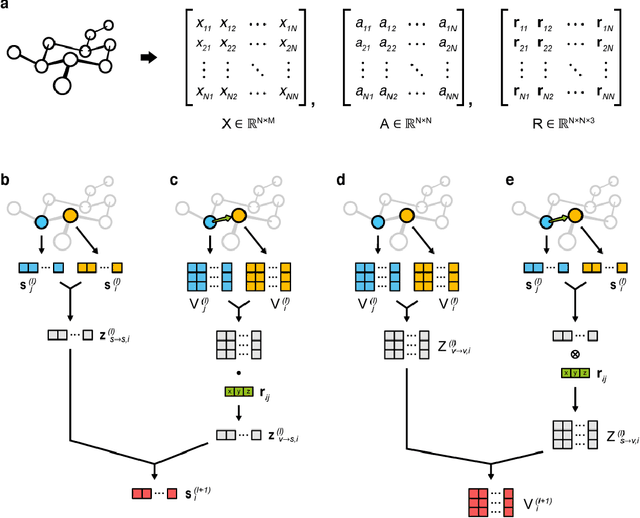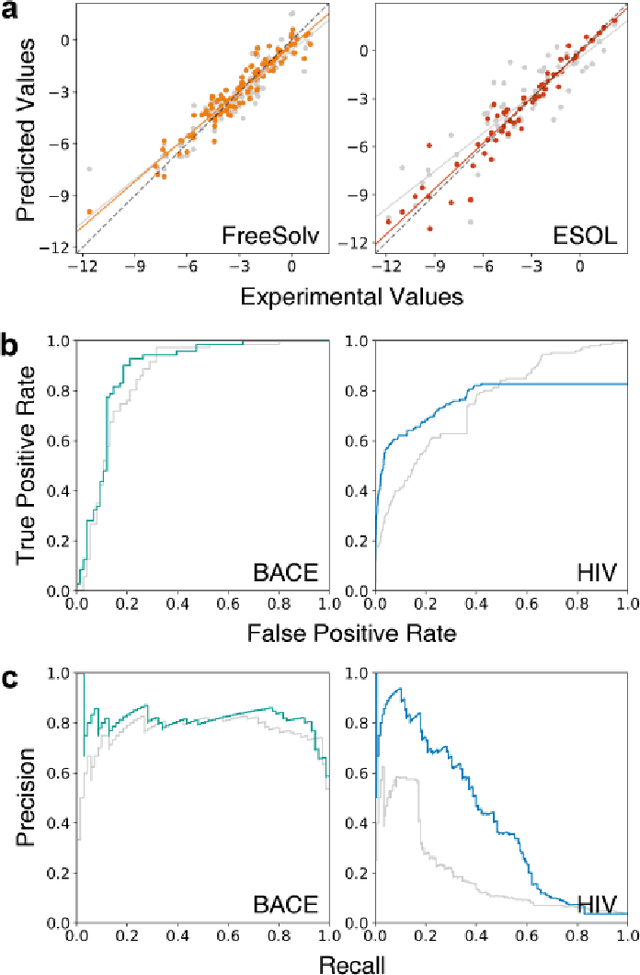Three-Dimensionally Embedded Graph Convolutional Network (3DGCN) for Molecule Interpretation
Paper and Code
Dec 04, 2018



The target scope of graph convolutional networks (GCNs) for learning the graph representation of molecules has been expanded from chemical properties to biological activities, but the incorporation of the three-dimensional topology of molecules to the deep-learning models has not been explored. Most GCNs that achieve state-of-the-art performance rely only on the node distances, limiting the spatial information of molecules. In this work, we propose an advanced derivative of GCNs, coined a 3DGCN (three-dimensionally embedded graph convolutional network), which takes molecular graphs embedded in three-dimensional Euclidean space as inputs and recursively updates the scalar and vector features based on the relative positions of nodes. We demonstrate the learning capabilities of the 3DGCN using physical and biophysical prediction tasks.
 Add to Chrome
Add to Chrome Add to Firefox
Add to Firefox Add to Edge
Add to Edge